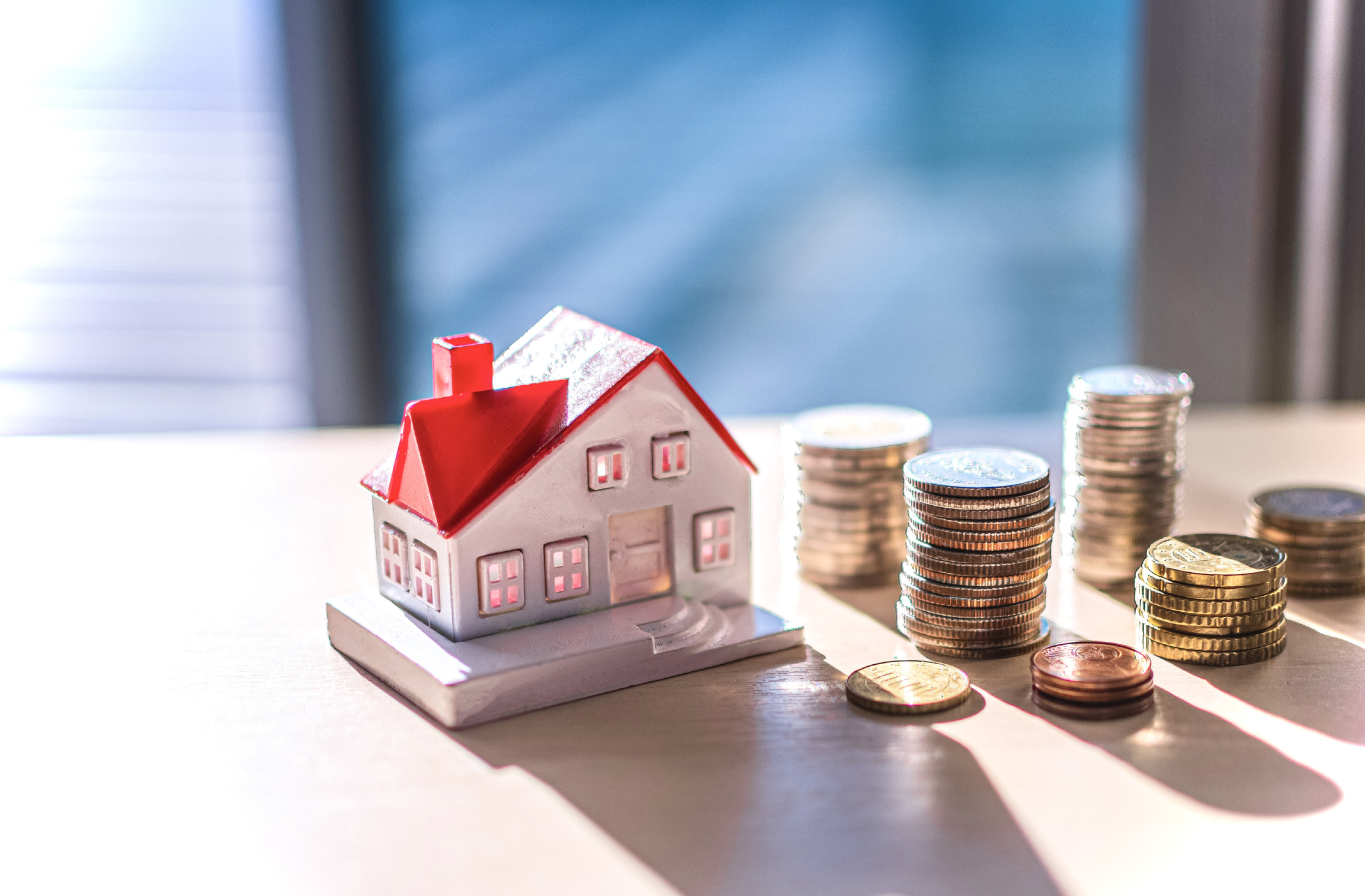Argentina's high-risk deadbeat bond
Economic basket-case and serial defaulter Argentina has issued a 100-year bond. But who on earth would buy it?

"Argentina's can't-miss offer to participate in its first non-deadbeat century." This headline on the Dealbreaker website greeted the news that South America's second-largest economy had issued a 100-year bond. Cynical maybe, but basically true. Argentina has defaulted on its sovereign debt eight times since independence in 1816, notes FT Alphaville. Three of those defaults were in the last 23 years alone. Yet investors piled in Argentina sold $2.75bn in debt and attracted $9.75bn in orders. Who would buy this stuff?
First, a quick refresher course. Bonds are IOUs issued by firms or governments. The issuer promises to pay the lender a fixed amount of interest (the "coupon" in this case, 7.125%) each year, and their money back when the bond matures. The bond yield (the coupon divided by the bond price) varies depending on how likely the issuer is to repay the debt, and on interest rates and inflation in the wider economy (a fixed income loses its appeal as inflation rises, for example). These particular bonds sold for 90 cents in the dollar, giving a yield of just under 8% (7.125/90). The bonds are denominated in US dollars, which means investors don't take any currency risk, although the issuer itself does.
So why would investors buy them? The key is a thing called "duration". There's a more technical explanation in the box below, but in practical terms, duration measures how sensitive a bond is to changes in economic conditions. If things get better (inflation falls, growth picks up, interest rates remain stable), the bond price will go up and the yield will go down. If things get worse, the opposite happens. The size of the move is driven by the duration of the bond. The further into the future a bond's maturity date, the longer its duration. So if it turns out that Argentina has turned over a new leaf (and the new government of Mauricio Macri is a big improvement), then there's a good chance the bond price will rise. Current holders could then sell they don't have to hold until maturity. If yields fall in line with those on other big South American economies, it would imply double-digit capital gains, says the Financial Times.
Subscribe to MoneyWeek
Subscribe to MoneyWeek today and get your first six magazine issues absolutely FREE

Sign up to Money Morning
Don't miss the latest investment and personal finances news, market analysis, plus money-saving tips with our free twice-daily newsletter
Don't miss the latest investment and personal finances news, market analysis, plus money-saving tips with our free twice-daily newsletter
Secondly, as long as Argentina continues to service its debt, a near-8% yield is attractive in these yield-starved days. Of course, just because Macri is doing a good job now doesn't mean he'll keep doing so. And 100 years from now, who knows? As FT Alphaville notes, most investors "look little further than the next couple of years", but instead assume that if things go wrong, they'll spot trouble early enough to get out. Still, 8% doesn't seem enough to compensate for the risk of a populist resurgence.
I wish I knew what duration was, but I'm too embarrassed to ask
Duration is a measure of risk related to bonds. It describes how sensitive a given bond is to movements in interest rates. Think of the relationship between bond prices and interest rates as being like a seesaw: when one side (interest rates, for example) goes up, the other (in this case, bond prices) goes down. Duration tells you the likely percentage change in a bond's price in response to a one percentage point (or 100 basis points, in the jargon) change in interest rates. The higher the duration, the higher the "interest-rate risk" of the bond ie, the larger the change in price for any given change in interest rates.
Duration also tells you how long (in years) it will take for you to get back the price you paid for the bond, in the form of income from its coupons (interest payments) and the return of the original capital. So if a bond has a duration of ten years, that means you will have to hold on to it for ten years to recoup the original purchase price. It also indicates that a single percentage point rise in interest rates would cause the bond price to fall by 10%. As a rough guide, duration increases along with maturity so the longer a bond has to go until it repays its face value, the longer its duration. Also, the lower the yield on the bond, the higher its duration the longer it takes for you to get paid back. All else being equal, a high-duration bond is riskier (more volatile) than a low-duration bond.
For zero-coupon bonds (bonds that don't pay any income at all), the duration is always the remaining time to the bond's maturity. For interest-paying bonds, duration is always less than its maturity (because you will have made back your original investment at some point before the maturity date).
Get the latest financial news, insights and expert analysis from our award-winning MoneyWeek team, to help you understand what really matters when it comes to your finances.
John Stepek is a senior reporter at Bloomberg News and a former editor of MoneyWeek magazine. He graduated from Strathclyde University with a degree in psychology in 1996 and has always been fascinated by the gap between the way the market works in theory and the way it works in practice, and by how our deep-rooted instincts work against our best interests as investors.
He started out in journalism by writing articles about the specific business challenges facing family firms. In 2003, he took a job on the finance desk of Teletext, where he spent two years covering the markets and breaking financial news.
His work has been published in Families in Business, Shares magazine, Spear's Magazine, The Sunday Times, and The Spectator among others. He has also appeared as an expert commentator on BBC Radio 4's Today programme, BBC Radio Scotland, Newsnight, Daily Politics and Bloomberg. His first book, on contrarian investing, The Sceptical Investor, was released in March 2019. You can follow John on Twitter at @john_stepek.
-
 RICS: homebuyers are returning after stamp duty shock
RICS: homebuyers are returning after stamp duty shockThe housing market has been subdued since stamp duty thresholds dropped in April, but there are signs of a recovery
-
 Reducing cash ISA limit will make lending difficult and expensive, warn providers
Reducing cash ISA limit will make lending difficult and expensive, warn providersAn open letter from the Building Societies Association has urged the chancellor to keep the cash ISA limit at £20,000. We look at whether a smaller cash ISA allowance will make it harder to get a mortgage or loan
